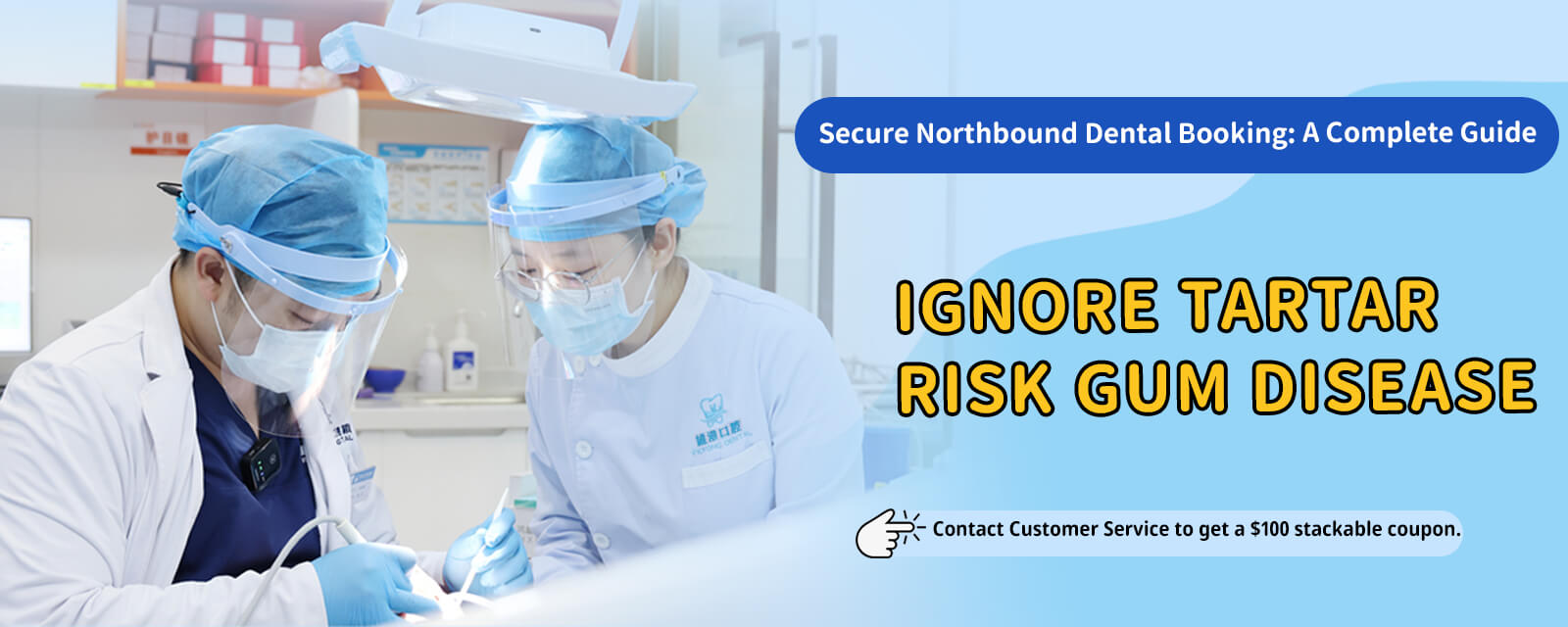**Why Dentists Ask for Photos of Your Teeth Before Heading North for Implants**
In recent years, many people have been visiting dentists in mainland China for dental implants, driven by various reasons. Some seek trustworthy professionals, while others believe in the advanced dental technology available up north. However, when Hong Kong residents plan their first trip to places like Shenzhen or Guangzhou for dental implants, they often receive a request from the dentist to first provide clear photos of their teeth. Why is this initial photo so crucial? This step plays a key role in facilitating communication between you and the dentist.
**1. Preliminary Assessment of Your Teeth Condition**
Before the dentist sees you in person, relying solely on your verbal description of your dental issues can make it challenging to gauge the severity accurately. For example, you might feel you are missing just one tooth, but after analyzing the photo, the dentist can evaluate the alignment of surrounding teeth, gum health, and bite conditions. Sometimes, aspects like tooth surface color, tartar, and periodontal conditions can be preliminarily analyzed through photos, saving examination time when you meet face-to-face.
**2. Planning the Treatment Ahead of Time**
Getting dental implants isnt as simple as sitting down for immediate treatment; it requires precise planning. Upon receiving your dental photos, dentists can estimate the type of implant procedure needed, how much time it might take, and whether preliminary treatments like tartar removal or periodontal disease management are required. Without photos, deliberations start only upon meeting, but photos enable preemptive planning, speeding up the examination and treatment process when you arrive.
**3. Saving Time and Money**
For those seeking medical care across borders, time is precious. Providing dental photos is akin to handing over a "script" that allows the dentist to prepare the necessary tools and materials and schedule the appropriate treatment slots before you even meet. This approach minimizes the number of trips you need to make north for treatment, reducing the time and effort spent traveling.
**4. Establishing Better Communication**
Sometimes our descriptions of dental issues can be ambigu

ous. You might describe a front tooth as "a bit loose," while the dentist might incorrectly perceive the degree of looseness as negligible. When photos reveal swollen gums or crooked teeth, the dentist gains accurate insight into the situation. Visual data helps the dentist understand your needs better, minimizing misunderstandings and making the treatment process smoother.
**5. Photo Techniques and Considerations**
Taking photos of your teeth isnt just about snapping a few quick shots; clarity and angles matter. Its best to take pictures in well-lit environments, like near a window or using white light. Ensure your camera or phone focuses accurately, avoiding Beauty modes and filters. You can enlist help from family or friends, capturing the front and side views of upper and lower teeth, as well as the bite status. Don’t forget the condition of the gums, as periodontal health significantly impacts implant planning.
**6. Protecting Your Personal Information**
Even though dental photos dont involve highly sensitive information, they are still personal medical data. Ensure that you provide photos to registered dental organizations or licensed dentists and verify that the transmission method is secure, avoiding public platforms. This ensures your privacy and prevents data leaks.
**7. Other Preparations Before Heading North for Implants**
Besides taking photos, organize your previous dental records, such as X-rays and treatment history. These comprehensive details enable the dentist to devise the best plan for you, rather than relying solely on photos. The more prepared you are, the smoother your dental implant journey up north will be.
**Conclusion**
Although getting dental implants up north is convenient, taking photos of your teeth is an indispensable step to make the process efficient and safe. Photos help dentists understand your situation in advance, design treatment plans, reduce communication errors, and save you valuable cross-border time and effort. Next time a dentist asks for photos of your teeth, consider it not as a hassle but as a measure to enhance the accuracy and smoothness of your treatment.
If you need, I can also draft a more comprehensive SEO keyword strategy to help your article get indexed and ranked higher on Google.

























